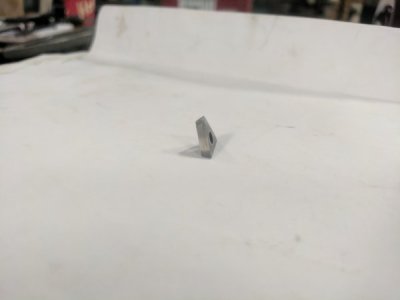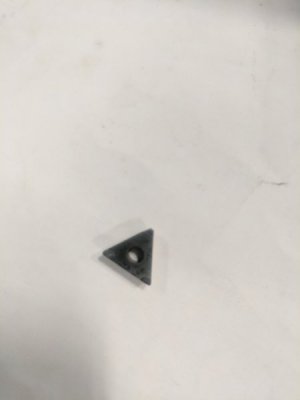I wanted to make my own insert tooling for my lathe and before I start I'd like to know the effect rake angle has when it's positive, negative or neutral I've tried doing some research but couldn't really find a solid answer.
The inserts I happen to have, have a 25° clearance angle so I was thinking of doing a 10°-15° rake angle which would leave me 10-15° clearance. What is everyone's advice? I can provide any Info y'all might need I Wana get this done right the first time!
The inserts I happen to have, have a 25° clearance angle so I was thinking of doing a 10°-15° rake angle which would leave me 10-15° clearance. What is everyone's advice? I can provide any Info y'all might need I Wana get this done right the first time!




